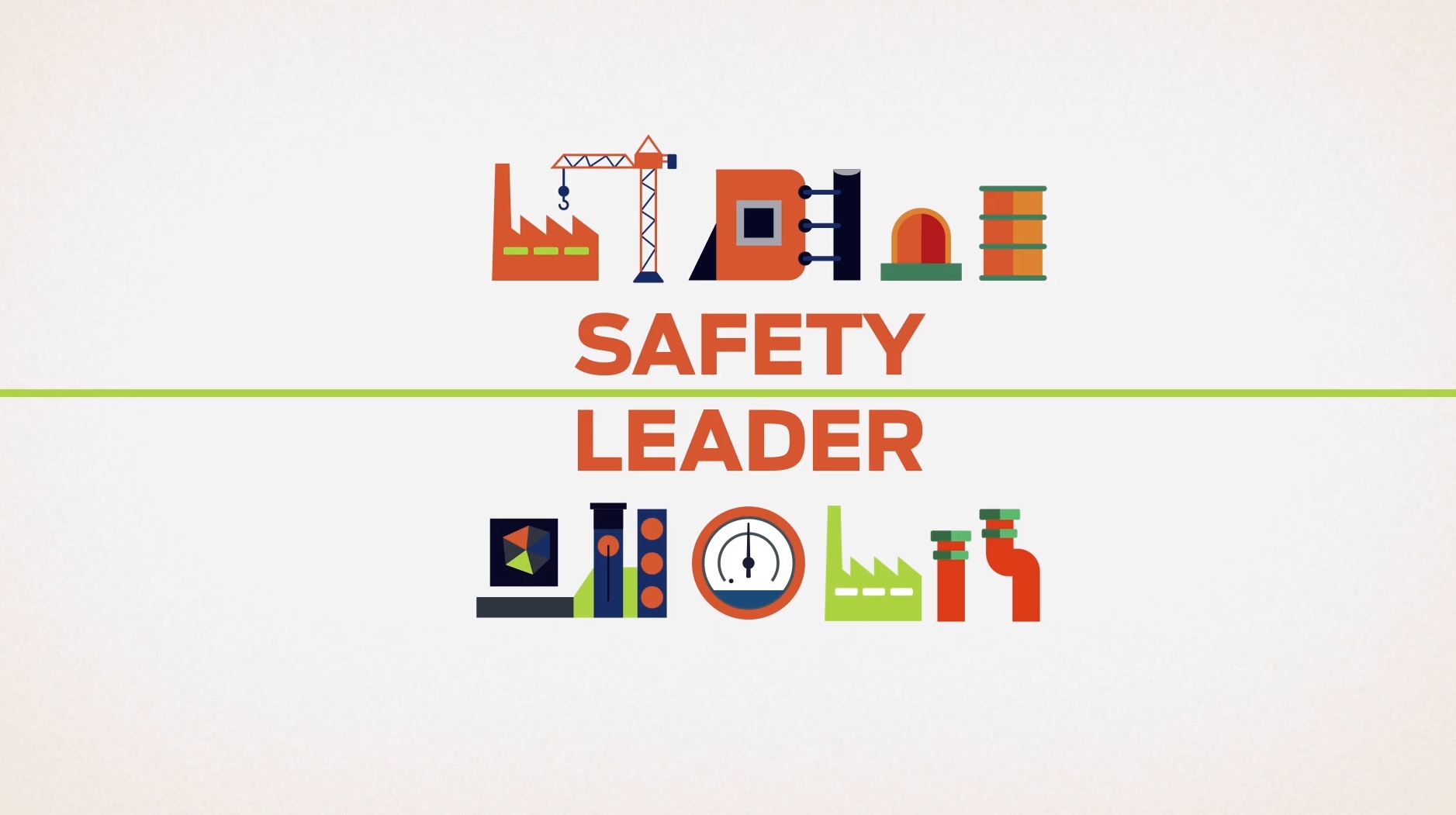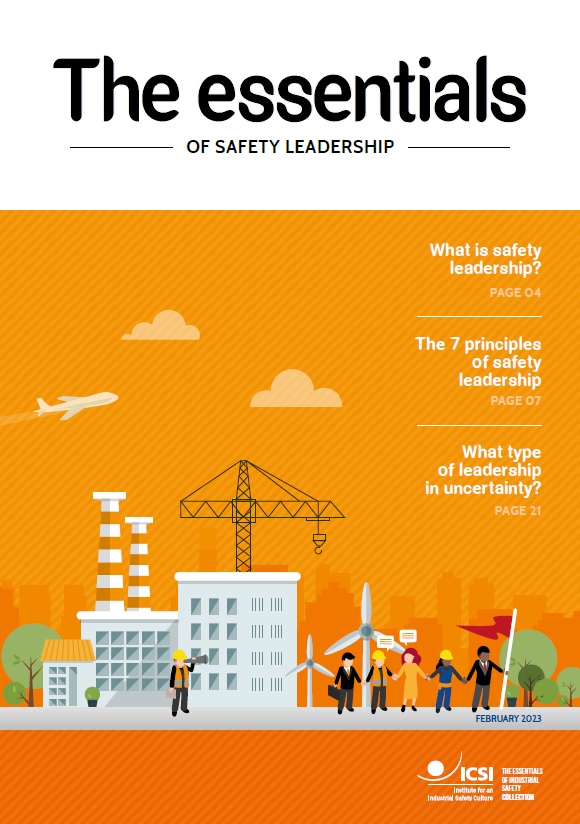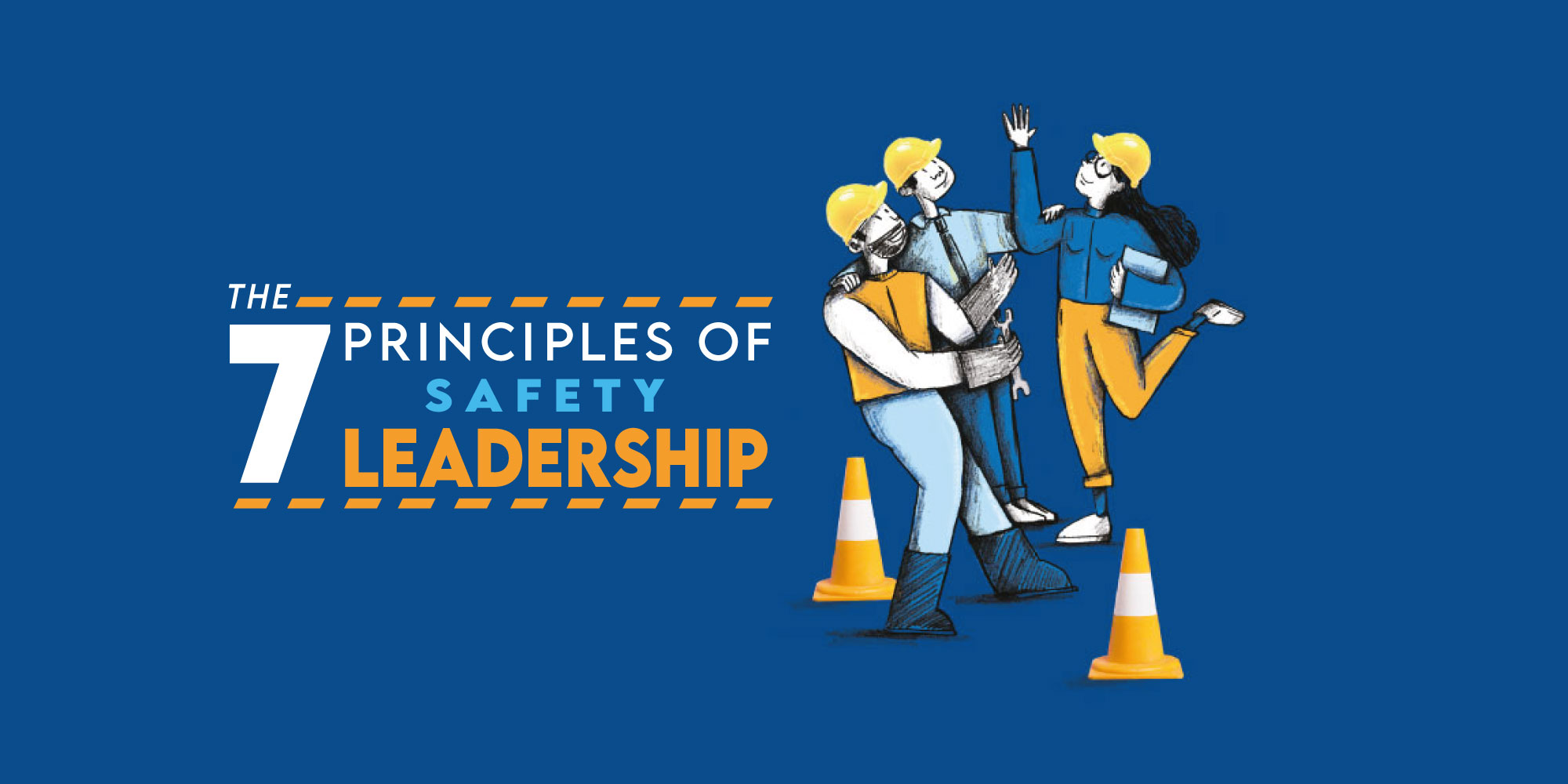Leadership in safety
Managers who demonstrate robust safety leadership are an essential ingredient in a strong, effective safety culture. Through his or her attitude, and setting an example, through the resources that are deployed, by his or her presence in the field, and through open dialogue, a safety leader knows how to inspire teams and encourage safer behavior. There is no need to be a charismatic guru; you are not born a leader, you become one.
 Leadership in safety
Leadership in safety

Read the essential publication
| Why is safety leadership important? |
According to Marcel Simard, a sociologist and professor at Montreal University, safety leadership is a key feature of safety ‘champions’. Rather than demonstrating power, or setting the perfect example, safety leadership is oriented towards learning and continuous improvement, spending time in the field, and dialogue. Why? Because a leader who embodies safety challenges:
- stimulates interest and buy-in,
- encourages shared awareness of risks,
- creates the climate of trust that is needed for employees to report incidents and, consequently, participate in improving safety, and, ultimately,
- has a positive influence on safety practices.
Safety leadership is a key component in a successful safety culture. In this ‘integrated’ culture, safety is everyone’s responsibility, it’s not just for managers. All staff, from employees, to managers and directors are involved and feel responsible for safety, whatever their level in the organization.
What is safety leadership?
Safety leadership is the capacity to mobilize people around safety challenges, and influence behavior so that it becomes safer.
Corporate leadership: ongoing transformation
Managerial transformation, a new role for managers, especially in an uncertain world... Leadership is not only changing, it is becoming a key aspect of corporate culture.
The 7 principles of safety leadership
Beyond charisma, leadership can be learned, developed and practiced. Discover seven principles to develop your safety leadership
What does safety leadership look like in a changing, complex and uncertain world?
Resource shortages, geopolitical conflicts, the climate crisis, the ecological and energy transition—at-risk industries are facing a context that is characterized by increasing uncertainty. Hazards are part of everyday life. At this time, are classical safety leadership models still relevant? Is yesterday’s leadership the same as tomorrows? Which dimensions of safety leadership can we still rely on?
We’re all safety leaders, aren’t we? Towards distributed safety leadership in companies
For many companies, safety leadership is exclusively seen as a ‘managerial’ concern. Of course, while all of the managers in the company’s hierarchy are key actors, we can go further, and encourage new safety leaders to emerge in all departments. When leadership becomes distributed, at all of the company’s levels and in all of its departments, we can say that the organization has a mature, deep-rooted safety culture.





